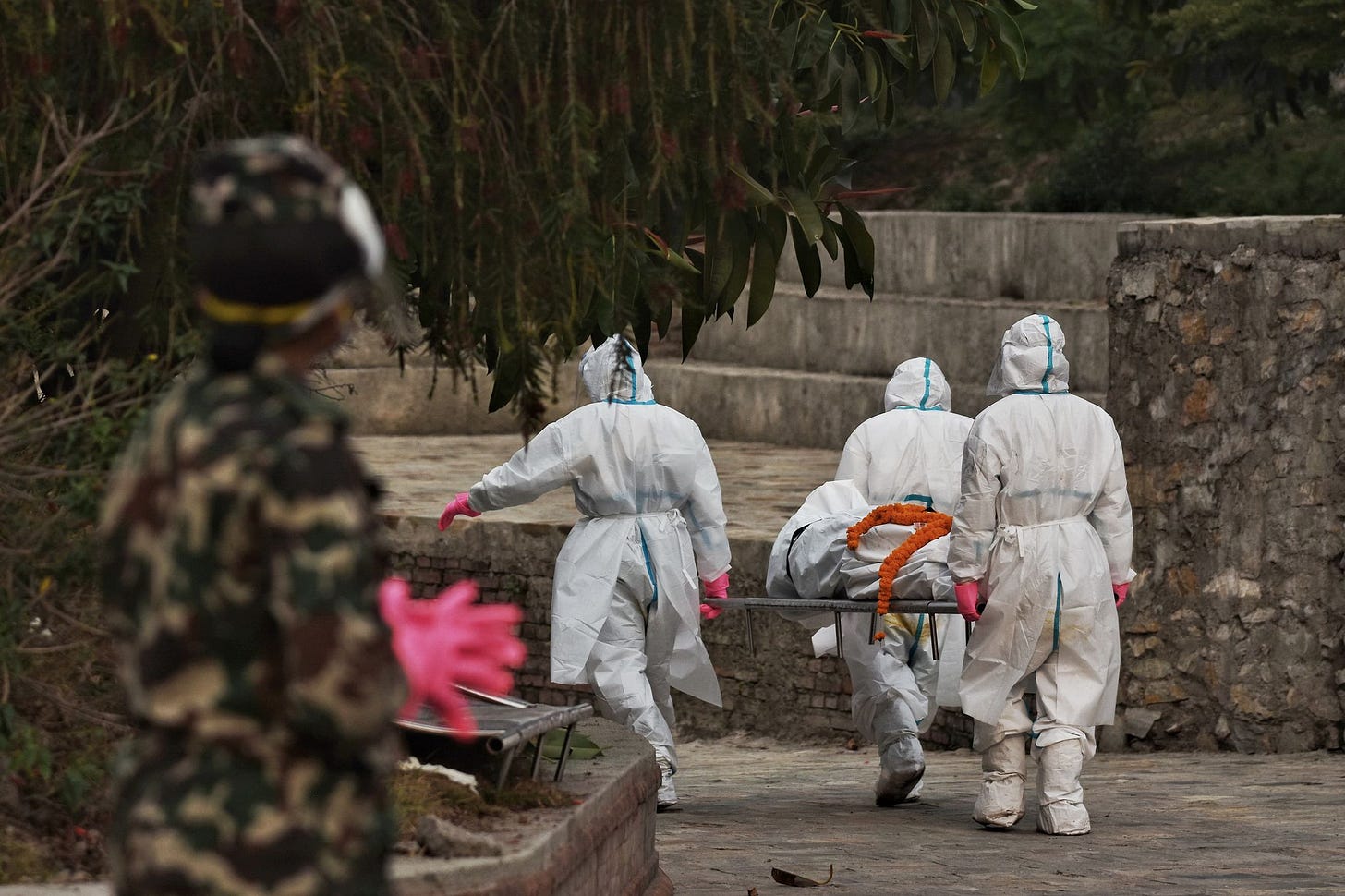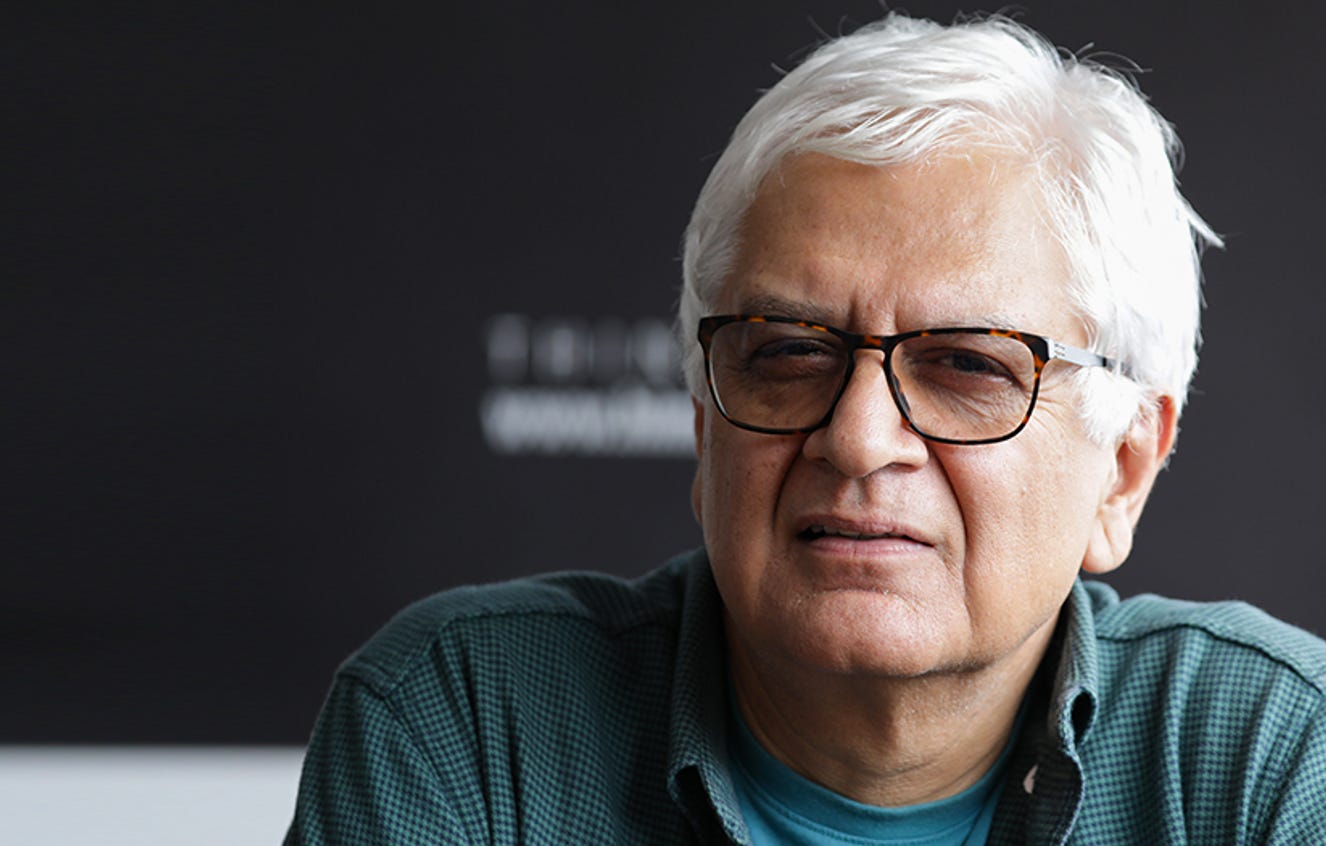Hello Nepali Times Readers,
Almost exactly 100 years ago, the British Everest Expedition was making a second attempt to climb Mt Everest from the northern Tibetan side. George Mallory and Andrew Irvine were seen through a telescope from a lower camp making good progress towards the summit until they were obscured by clouds. They were never seen again.
Mallory’s body was found by a 1999 expedition on the north face. Were Mallory and Irvine the first on Everest? On the centenary of that mystery, I have reviewed three books about Himalayan mountaineering for this week’s edition of Nepali Times (pages 6-7).
Of the three, I found American historian Deborah Baker’s The Last Englishmen: Love, War and the End of Empire to be a fascinating read. Baker puts the early British explorations of the north side of Tibet in the historical context of Britain’s need to project itself as a global power after the tremendous losses of World War I.
Foreigners needed special permission to enter Nepal from our Rana rulers, and these permits were as hard to get as Schengen visas are for Nepalis today. (The Ranas did reluctantly allow the first flight over Mt Everest in a flimsy Westland-Wallace PV-3 biplane in 1933.)
Contrast that to videos of this week’s traffic jam on the summit ridge of Mt Everest that went viral around the world. The queue on the knife edge ridge was so heavy that a cornice collapsed, sending two climbed plunging 3,000m down the Kangshung Face.
This year’s Everest season started slow, but permits picked up and by weekend, nearly 6,000 people had reached the top. The crowd was due to a narrow gap between spells of stormy weather. Vishad Onta has a roundup of the 2024 Spring season also on page 6-7.
Things are getting a bit out of hand on Everest. This year, a climber did the world’s highest backflip after reaching the summit, and the spirit of exploration and adventure has given way to record-chasing. And for the government, all that seems to matter is that it collected $5 million just in fees from Everest expeditions.
In his book, Everest Mountain Guide, which I also reviewed, Kiwi climber Guy Cotter calls for greater Nepal government oversight and regulation on the mountaineering industry. Not sure though, because every time the government makes a new rule it just makes things worse.
But given Nepal’s unending ‘collision politics’ where parties are fully occupied finding ways to get to power and stay there for long enough to build up their war chests, don’t expect much on that front. Whatever works well in Nepal happens despite the government, not because of it.
One example is the Kathmandu International Mountain film Festival (Kimff), which has been held continuously for 21 years and screens films about mountains and their people from all over the world.
Is there a link between high altitude and Covid? Apparently there is. Sonia Awale reports on an important trial conducted by Oxford University researchers in Nepal recently that discovered a cheap drug used to treat mountain sickness was effective in reducing mortality rates of hospitalised Covid patients.

Trouble is, governments seem to prefer expensive unproven remedies when there are cheap effective solutions available. Another example is the drug Misoprostol, which costs almost nothing but can save the lives of thousands of Nepali mothers who die every year due to postpartum haemorrhage. Read a previous investigation in Nepali Times by Marty Logan. Government attitude to not take cheap medicine seriously means that the Misoprostol campaign is stalled.
Lives seem to be cheap in Nepal. But there are also not so expensive ways to save them.





